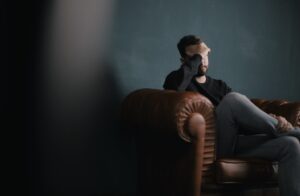How to Photograph
Fireworks
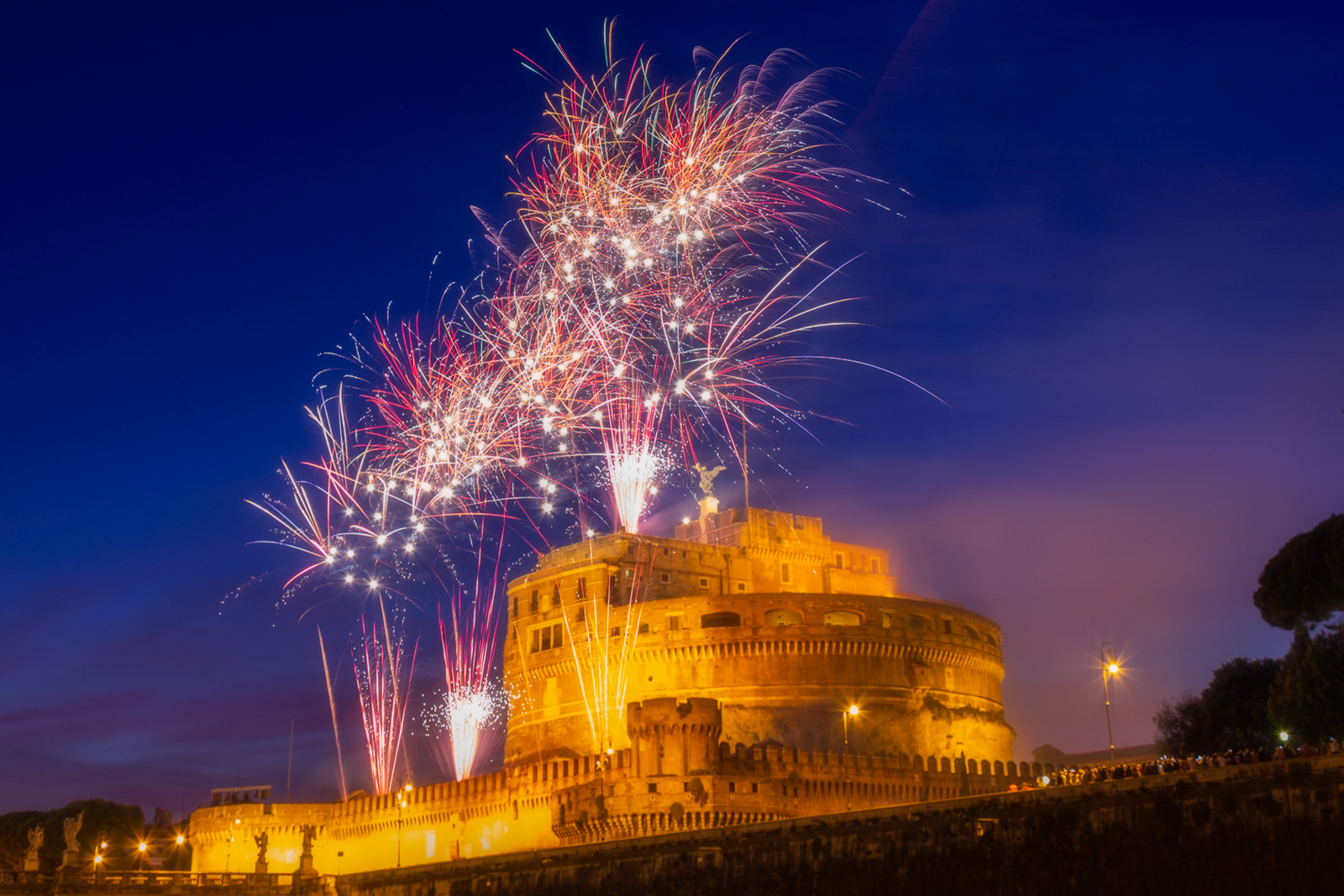
There is an “explosive” photographic subject. This kind of subject is always admired and photographed by everyone, but how best to grasp it? On the internet there are not info about it, so I decided to give you some suggestions. I will briefly explain my way of photographing fireworks by showing you some examples taken during the Girandola of Castel Sant’Angelo in Rome. I will teach you how to photograph fireworks!
Girandola of Castel Sant’Angelo
This fireworks event takes place in Rome on June 29 to celebrate the local patrons St. Peter and Paul. It was conceived by Michelangelo Buonarroti. For some years, it has been programmed at the Pincio, in Villa Borghese.
The shots you will see below are my first pyrotechnic event photographed. There was an impressive crowd of people, I had no idea what I would find, I just knew that the show would take place around 9 pm and that imagining the crowd I had to find a suitable point. I decided I had to go there for 16/17. I had already thought of possible points where people could be avoided, but on the other hand I also wanted to get a reflection given by the Tevere river.
I arrived and it was already crowded, but I can find a place among the many tripod that were branching off on the cornice that runs along the river, right in front of the castle. While I was waiting, there were hours left, I started to set up to do some tests, to see if by placing the Canon EOS 600D vertically I had space to capture the whole scene, and in the meantime I heard other photographers, much more experienced than me, confronting each other on shutter speed, aperture, etc. So I learned of the notions that I applied immediately.
The show began and the contrast between darkness and instant light produced by the fires, created overexposure in my shoots, so the first minutes I lost them to improve framing and settings. Luckily it was not a short show and I was able to take some interesting photographs and above all I was able to capture a type of firework that personally seemed more scenic than others. And this is the result (watch the full project):
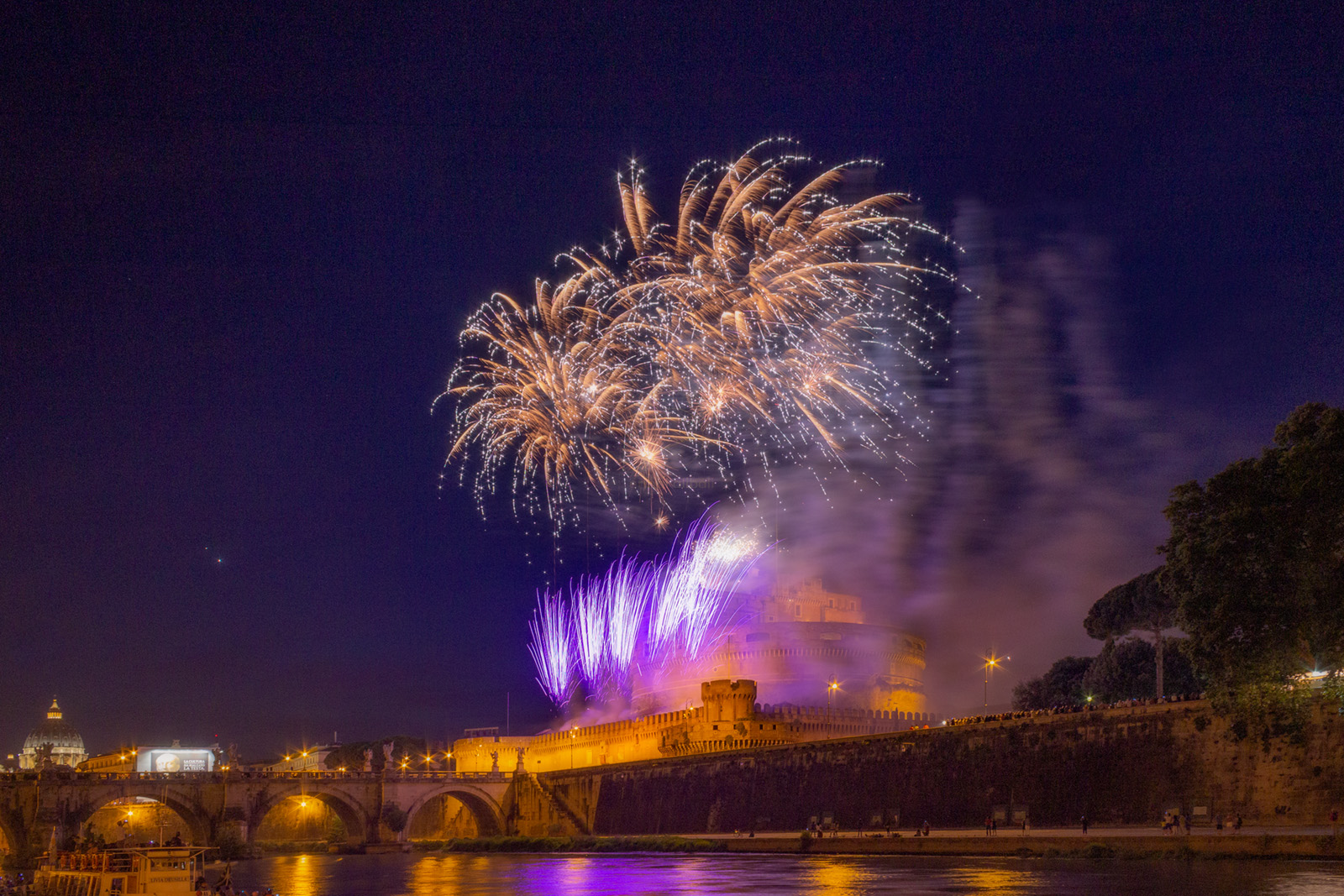

We now come to the 7 tips that I will give you to be able to shoot the fireworks in the best way.
1. Study the event
Anticipating the shot in your mind is fundamental to choose the right place where to set up your equipment, develop the composition you want to get and manage the shutter speed. Getting informed is very important. If you do not know the place where it will show, go earlier to study it and find the most suitable point. Search online for that particular event, search for shots from other photographers to see the different points where they were present in previous years and have shared their results on the web. Avoid placing yourself at a gathering point, where maybe people will gather to watch the show. You need space and maybe those people could be an ideal element inside your composition. If it is a fairly long show, immediately study the interval with which pauses and fires alternate, the height that they reach so as not to have any cut within the composition and to take the explosion in its entirety. Take some test shots to see if you’re including everything you think is necessary for your shot and if the settings are good for the result.
2. Do not exclude the surrounding setting
Hence my rule of not staying near fires (as well as away from people or various obstacles that limit your visibility). As for the lenses or opt for a wide-angle that frames the whole scene, or you move away to the point of also taking the setting that surrounds the fireworks show. Contextualize everything, for an exemplary photo in addition to being able to take well the lights that will be created you will also have to think about what surrounds them. Enrich the scene, at most you can always cut later what you think superfluous.
3. Use manual mode
The first step is to use the camera in manual mode. I will always tell you to shoot manually because by changing the settings the result will be a photo that will reflect your idea elaborated in your head. If you are an amateur photographer, always throw yourself into manual mode: by making mistakes you will learn.
4. Use a tripod
The use of the tripod is fundamental in night photography in general. In this case, in addition to being night, you will have to play with long shutter speeds for the success of the photo. Best Tripdos on Amazon.
5. Shoot remotely
The moment you start the camera will have to stand still, so you will have to avoid touching it during the shooting. How to do? Use a remote controller that will cancel any movement while shooting or put the self-start with a time interval. The problem with the latter method is to calculate the self-time and synchronize it with the intervals of fireworks. There is a risk of starting the acquisition of the image either too early or too late compared to the subject. Usually imposed a self-check of 2 seconds. It is a method that requires a bit of training and depends from event to event, but surely each fire will have a starting point and a point of conclusion, your task is to peck both in a single shot through a long exposure.
Most popular:
Photography:
-
 CapCut: Unleash Your Inner Video Editing Genius (Even with No Experience!)
CapCut: Unleash Your Inner Video Editing Genius (Even with No Experience!) -
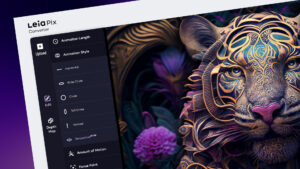 LeiaPix, the AI-powered 3D Photo Revolution
LeiaPix, the AI-powered 3D Photo Revolution -
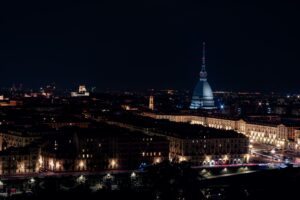 Piedmont Wonders: A Journey Through Italy's Cultural Haven
Piedmont Wonders: A Journey Through Italy's Cultural Haven -
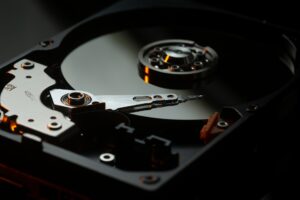 Best Portable External Storage Drives
Best Portable External Storage Drives -
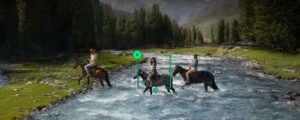 Mini 4 Pro by DJI: The Drone Revolution Continues!
Mini 4 Pro by DJI: The Drone Revolution Continues! -
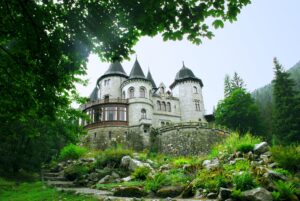 Aosta Valley: Capturing Alpine Splendor and Medieval Majesty
Aosta Valley: Capturing Alpine Splendor and Medieval Majesty
6. Perform a long exposure
Long exposure is the only method to apply when shooting fireworks. I recommend shooting in “Blub” mode, so you decide when to start and when to end the shot. But don’t overdo it! The fires just explode give off a powerful light and if you do not calculate the times well the photo will be burned. Sometimes even 2 or 10 seconds can be enough for a long exposure to succeed. How do you calculate the right time? Trying in the first moments when they leave and pay attention to reduce or increase the time depending on the result you will see. Fires don’t wait for you, so you’ll need to immediately figure out what changes your camera needs.
7. Set the best settings
Timing is the hardest thing to calculate at these events, but they will be the only parameter that you will have to constantly keep an eye on by quickly observing the result of the photo on the camera screen because the other parameters will have to remain fixed. The ISO should remain as low as possible, which corresponds to around 100, depending on the camera model; the flash will have to be turned off; the aperture will work in line with the focal length you decide to use, but in my experience, I have always moved around F/8.
Conclusion
In summary, for this photographic subject, it is difficult to give default settings. The fires are altered in size, colors, duration times and even type; you understood that the fundamental element is timing. I hope that my guidelines will help you to prepare yourself to act promptly when you will try to capture them. With a little training, you will understand the and you will already know how to set up the camera and what to change to improve thus obtaining a perfect shot.



